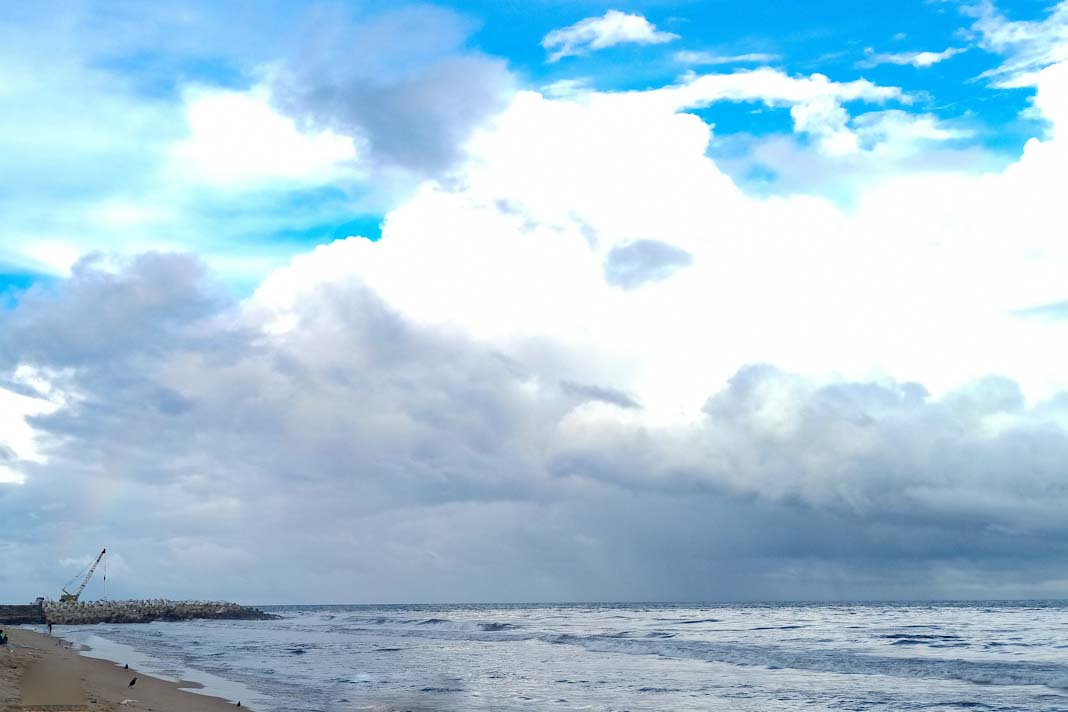
- Titan Clean Fuels emphasizes that the physical delivery of energy molecules to ports is no longer necessary. Instead, mass balancing is becoming a critical approach.
- The shipping industry is increasingly adopting liquefied biomethane (LBM), or bio-LNG, as an alternative fuel to reduce its carbon footprint.
- Unlike fossil LNG, LBM is derived from renewable biofeedstock and is considered sustainable.
Production Process of LBM
To produce LBM, biogas is first generated through anaerobic digestion of waste-based bio feedstock. The biogas is then upgraded to biomethane by removing CO2 before being liquefied and used as bunker fuel, similar to fossil LNG. LBM can be used in its pure form or as a blend with fossil LNG, allowing vessels capable of running on LNG to use LBM without modifications.
Recent Developments
In April, Titan Clean Fuels bunkered a Hapag-Lloyd container ship with 2,200 mt of LBM in the Port of Rotterdam using the mass balance method. According to Caspar Gooren, renewable fuels director at Titan Clean Fuels, biomethane was transported via the natural gas grid to an LNG terminal, liquefied, and then delivered as bioLNG to the vessel.
Titan produces LBM with International Sustainability & Carbon Certification-EU (ISCC-EU)-certified bio-based feedstocks such as organic waste, agricultural residue, or manure. Gooren explains the mass balance method and provides a price forecast for LBM as a bunker fuel.
Feedstock Availability and Mass Balancing
Europe’s biogas and biomethane production in 2022 totaled 220 terawatt hours (TWh) or 21 bcm. Scaling up to produce 35 bcm of biomethane by 2030 is part of the RePowerEU plans. Converting all current biogas to LBM could yield about 7 million tonnes, more than enough to meet the global market demand for LNG as marine fuel, which is currently 2 million tonnes.
Mass Balancing is Preferred
Despite ample feedstock availability, mass balancing is preferred over physical delivery of LBM due to several factors:
Biogas plants are scattered across Europe, often far from water, making physical transport of wet biomass to coastal digesters expensive and environmentally unfriendly. The EU’s well-connected gas grid and liquefaction facilities are recognized as a single logistical unit. Biogas can be produced anywhere in the EU, injected into the grid, transported, and liquefied efficiently. Mass balancing leverages existing LNG terminals for liquefaction, reducing costs and carbon intensity.
Clarification on Mass Balancing Process
The mass balancing process involves injecting biomethane into the natural gas grid, where it mixes with natural gas. Certificates of origin ensure that green characteristics are attached to physical molecules from the grid. The physical mix may contain only a small percentage of biomethane, similar to the green electricity market where buyers receive a grid mix of green and grey electrons.
Impact on Emissions
The reduction in well-to-wake emissions for vessels using LBM depends on the blend. Titan offers blends like B25 (25% biomethane with 75% LNG) and B100 (100% biomethane). Depending on the feedstock, it is possible to achieve zero or even negative CO2 emissions.
Ports and Pricing Structure
Titan supplies LBM in all ports where LNG is delivered, with most demand coming from Northwest Europe. The pricing structure for mass-balanced LBM involves lower transport and liquefaction costs compared to physically delivered LBM due to the use of existing infrastructure. A spot market for mass-balanced LBM is emerging alongside long-term contracts.
Future Supply and Demand
The shipping sector is not the only user of biogas; other sectors, such as home heating, also use it. However, EU regulations and market drivers are likely to prioritize biogas allocation to transportation and maritime sectors, which are harder to decarbonize compared to other sectors like household heating. Over time, biogas is expected to be increasingly directed towards these sectors.
Conclusion
Mass balancing is a crucial strategy for scaling up LBM production and meeting the demand for sustainable marine fuels. By leveraging existing infrastructure and optimizing the supply chain, the shipping industry can significantly reduce its carbon footprint while ensuring a stable supply of alternative fuels.
Did you subscribe to our daily Newsletter?
It’s Free! Click here to Subscribe
Source: ENGINE
















